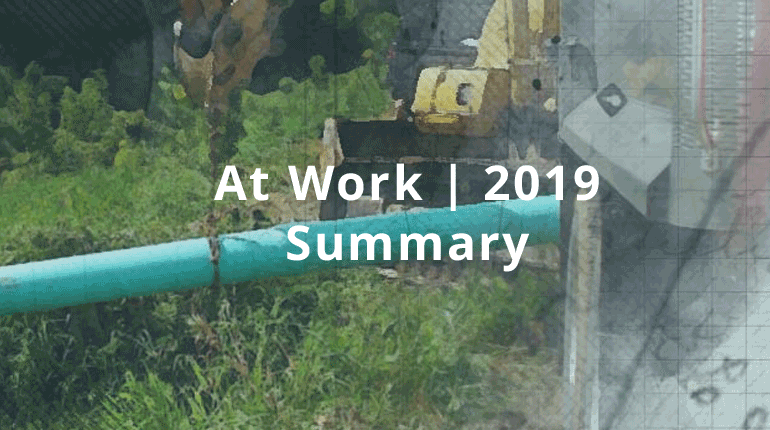

At Work | 2019
Summary of maintenance and special projects completed in 2019.


Summary of maintenance and special projects completed in 2019.
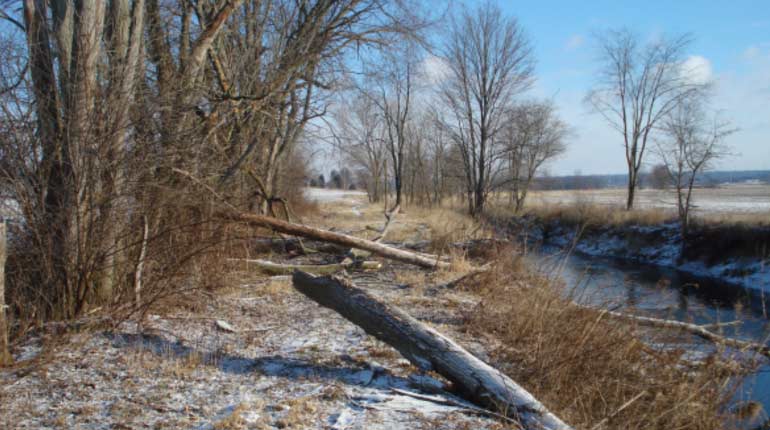

Vegetation management is key to preserving channel capacity for flow, and providing access for maintenance activities along the 33 miles of channel that we are responsible for.
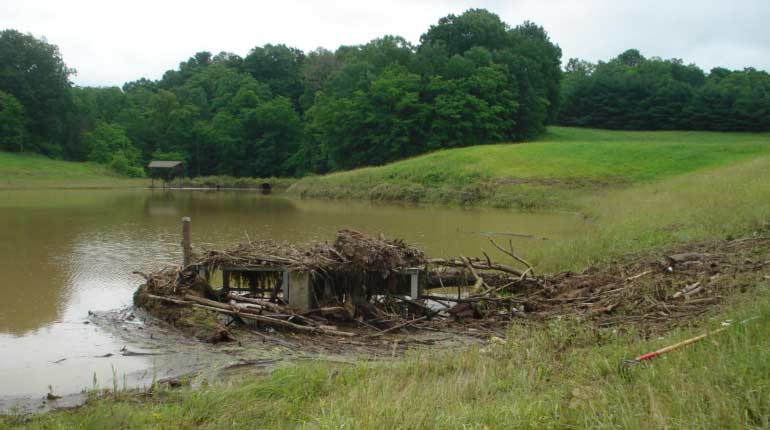

With this year’s extra rainfall, we’ve increased mowings up to four per year for most dams and removing debris removal from trash racks.
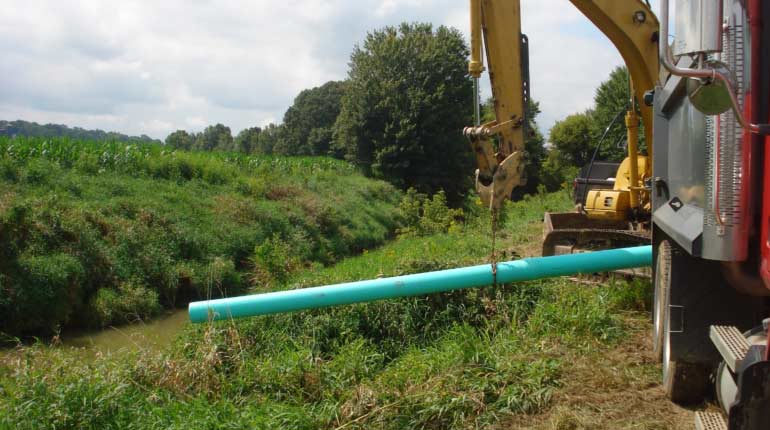

Four Pipe Structures were replaced on Channel Reaches LC02, CC05, and CC11. Access was improved at Dam 7-C and Coal Bank Road gates.
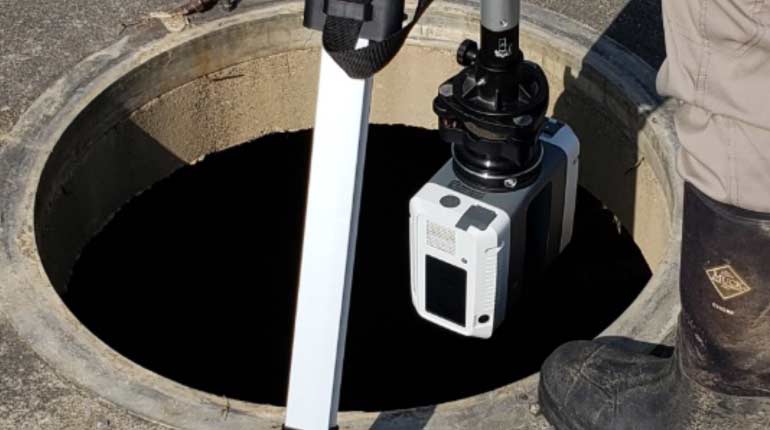

In 2019, we used our first laser scan and 3D Basemap to indicate any possible compromises of a Principal Spillway structure.
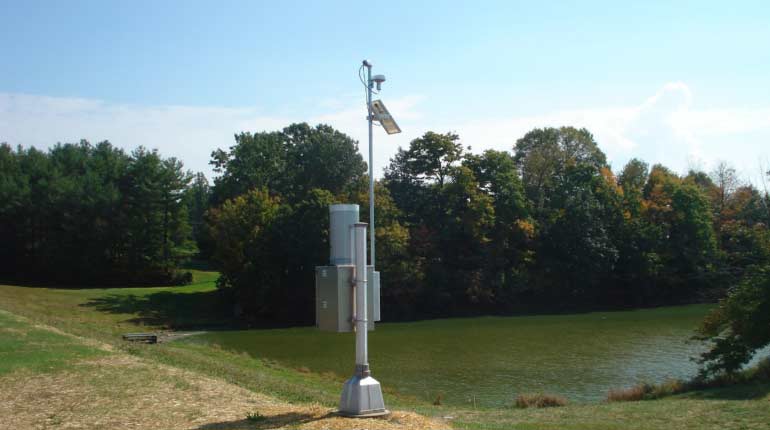

Installation of the StormLink® Satellite Monitoring Station allows remote monitoring during heavy rainfall and storm events.
Since the beginning of the Chippewa Flood Control System, and during the past thirty-six years, an initial maintenance assessment was set up to cover maintenance costs. This funding did not keep pace with the times, and much of the needed maintenance could not be completed as planned. Without regular maintenance, some channel banks and berm became overgrown with woody vegetation, which made it difficult to maintain the channel or the many pipe structures installed for the purpose of draining the floodwaters. As trees grow, many lose limbs or fall into the channel causing log jams, bank erosion, and more localized flooding, due to the inability of the stream flow to get through the blockage.
Maintaining the 33 miles of channel helps to ensure that flood waters will recede from the land, quickly and efficiently. For more details - click on the Project map below to see the network of structures, pipes and channels.


A substantial effort continued in 2019 to accelerate the maintenance program for the Chippewa Flood Control Project... Read More
The current maintenance assessment process, as permitted by the Conservancy District Laws of Ohio, collects funds from landowners across the entire Chippewa Creek Watershed. The added funds have allowed us to catch up on deferred work.
These assessment dollars, which can only be spent on maintenance of the Chippewa Flood Control Project, are utilized each year to fund projects designed to keep the Project operating according to its original design objectives
*For activities prior to 2005, contact us.
Maintenance Activities must be done consistently to keep the Flood Control System working properly. Dams and channel berms must be mowed annually to manage woody growth, and provide access to allow for equipment and inspections. Visit our Dam Maintenance and Channel maintenance project to see a recent example of maintenance.
While maintenance is not glamorous, it speaks to the ability to manage and maintain the Chippewa Subdistrict Flood Control System so it performs as designed: a well-engineered combination of rainfall runoff storage structures (8 Dams) and improved channels (33 miles).
When the Chippewa channel was constructed, nearly 500 pipe structures were installed. These structures used corrugated metal pipes (CMP), which vary in diameter and length, and are an integral part of the System as they move runoff water safely into the channel. The CMP pipes have exceeded their lifespan and are being systematically replaced with superior quality pipe, such as high density polypropylene (HDPP) or high density polyethylene (HDPE). These new pipes are intended to last for many decades.
Special Projects vary each year and involve items of work that are outside the usual scope of maintenance. They are necessary to keep pace with new standards and regulations, as well as changes in the Watershed.
An example of a special project this year was the Hubbard Valley Dam Scanning Project, (Dam 3-A), our first laser scan and 3D basemap of a Principal Spillway structure. The spillway consists of a 25 foot tall concrete riser, 42-inch diameter by 236 foot long outlet pipe and impact basin. Comparisons of the initial basemap and subsequent scans, will indicate any possible compromises of the structure or the pipe.